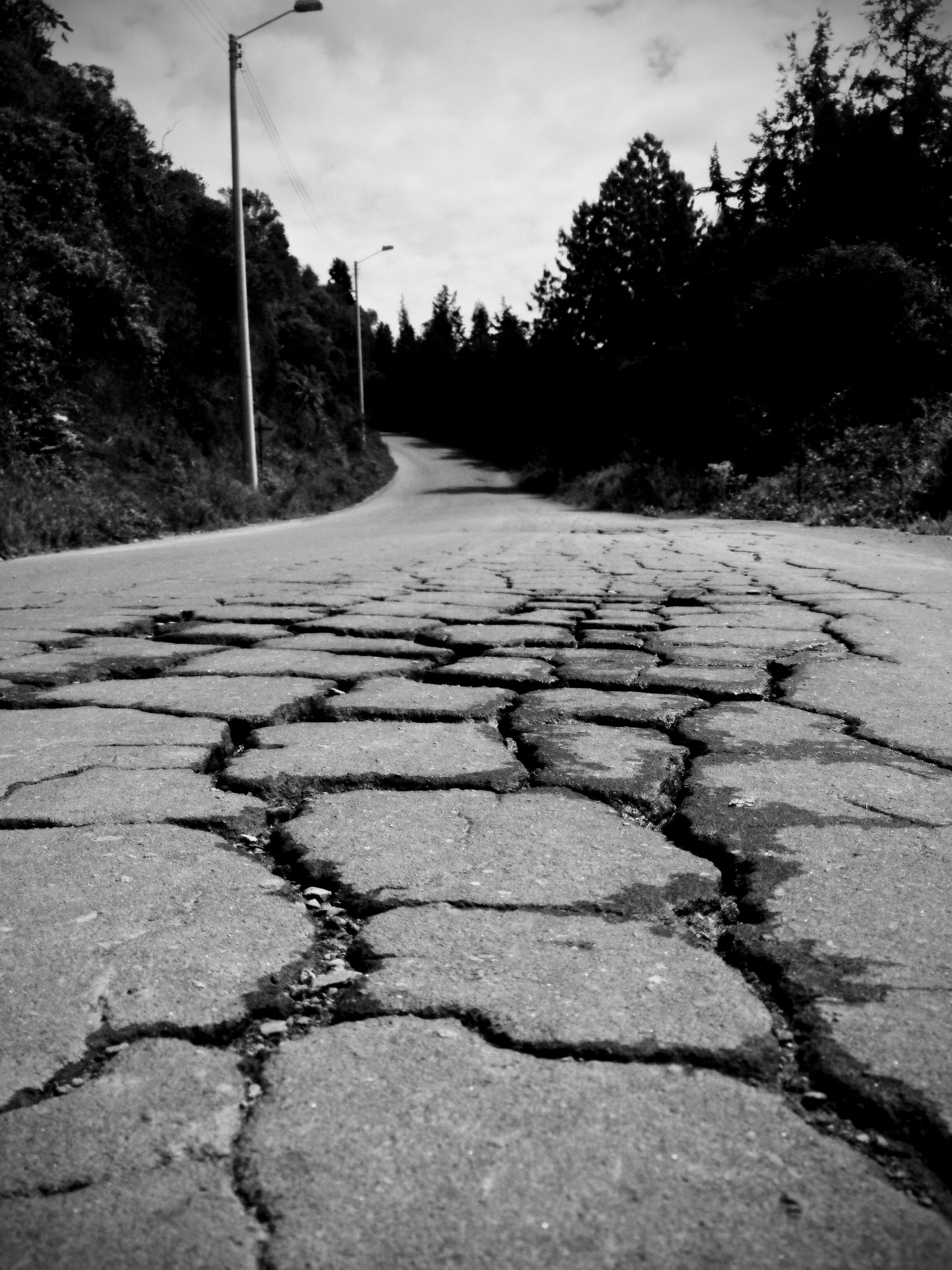
While seismologists cannot predict exactly when and where the next major earthquake will occur, many are hoping to provide the public with an earthquake forecast service that would inform California's various communities of when and where the chances for a major earthquake are more likely to happen.
“I think the age of seismic weather forecasting is upon us,” seismologists Thomas H. Jordan told the Los Angeles Times.
“Now, we can’t make the kind of detailed predictions that meteorologists can make,” he explained. “But it’s not like we know nothing. We know something … In my view, you want the public to know everything the seismologists know, and we can basically give you a forecast on a weekly basis or daily basis.”
Seismologists, like Jordan, are pushing for an app that would be able to update a map that shows different areas of California that are at a higher risk for an earthquake.
Similar to following weather patterns, seismologists follow when smaller earthquakes strike sensitive spots – areas next to a major fault line (like the San Andreas fault) – which increase the chances of activating larger faults.
For example, a small earthquake that occurs next to Los Angeles’ San Andreas fault line could trigger a magnitude 7 or higher earthquake.
Unlike weather forecasting, earthquake forecasts have more room for error. According to data recently published in the Seismological Research Letters, only half of large earthquakes are preceded by smaller tremors.
The last time California experienced an earthquake of a 7 magnitude or higher was back in 1857. Before the 7.8 earthquake erupted, smaller earthquakes occurred near the northern tip of the San Andreas fault.
Leading up to the massive quake, 6.1 and a 5.6 magnitude earthquakes preceded it. Then, just two hours later, the 7.8 quake struck Monterey County and made its way down to Los Angeles in just two minutes.
“Big earthquakes can come in clusters. And one can trigger the other,” U.S. Geological Survey seismologist Ned Field explained.
While it was previously believed that smaller earthquakes relieve pent-up stress in the area, seismologists are now suggesting that increased earthquakes in one single area could signal “increased stress” which would predict a larger earthquake to come.
Now, more than ever, it’s important to be proactive about earthquake preparation and safety.
Julian De La Torre is an expert in Los Angeles foundation inspection, foundation contractors and foundation repair. Julian’s company, Julian Construction, has inspected over 15,000 structures, working with engineering firms and local departments of building & safety. The company has done more foundation repair in Los Angeles than any other company in the area over the last five years.
No comments:
Post a Comment